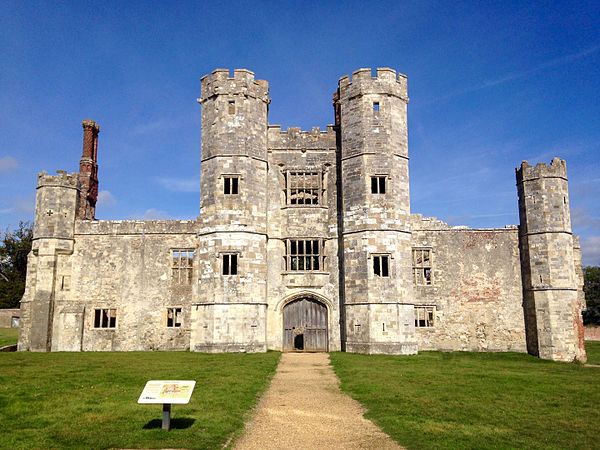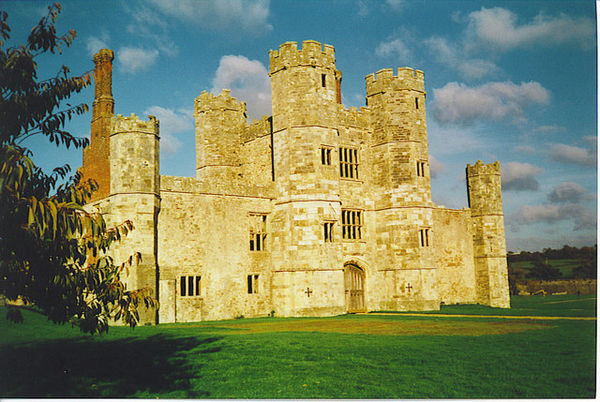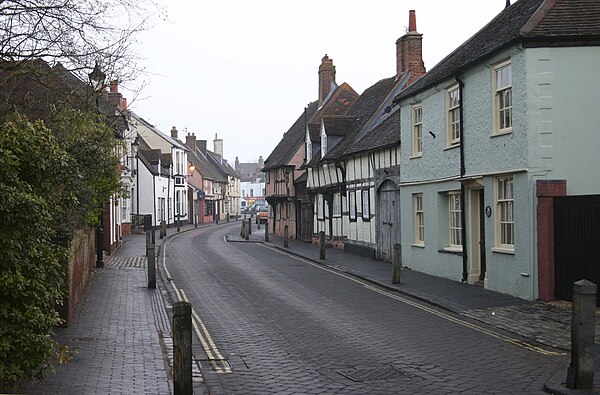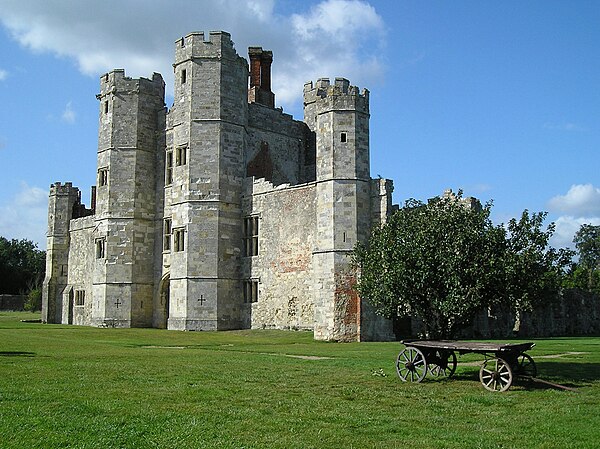Titchfield Abbey
Videos
Page
Titchfield Abbey is a medieval abbey and later country house, located in the village of Titchfield near Fareham in Hampshire, England. The abbey was founded in 1222 for Premonstratensian canons, an austere order of priests. The abbey was a minor house of its order, and became neither wealthy nor influential during its three centuries of monastic life; the inhabitants were devoted to scholarship, as shown by their very impressive library.

Titchfield Abbey in October 2014

Medieval tiles in Titchfield Abbey located in front of the door to the refectory. The Latin inscription reminds the canons to remember the poor before they sat down to eat.

Wriothesley's gatehouse - a vital symbol of seigneurial power for an early 16th-century courtier's house, cuts through the nave of the Premonstratensian canons' church, seen left and right of the tower. The choir, transepts and altar - now lost - were on the right of the picture

Thomas Wriothesley, 1st Earl of Southampton, who gained control of the abbey after the Dissolution of the Monasteries and made it his home. Portrait by Hans Holbein the Younger.
Titchfield
Videos
Page
Titchfield is a village and former civil parish in the Fareham district, in southern Hampshire, England, by the River Meon. The village has a history stretching back to the 6th century. During the medieval period, the village operated a small port and market. Near to the village are the ruins of Titchfield Abbey, a place with strong associations with Shakespeare, through his patron, the Earl of Southampton.

South Street, looking towards the square

Titchfield St Peter's Church in 2006

Titchfield Abbey in 2005